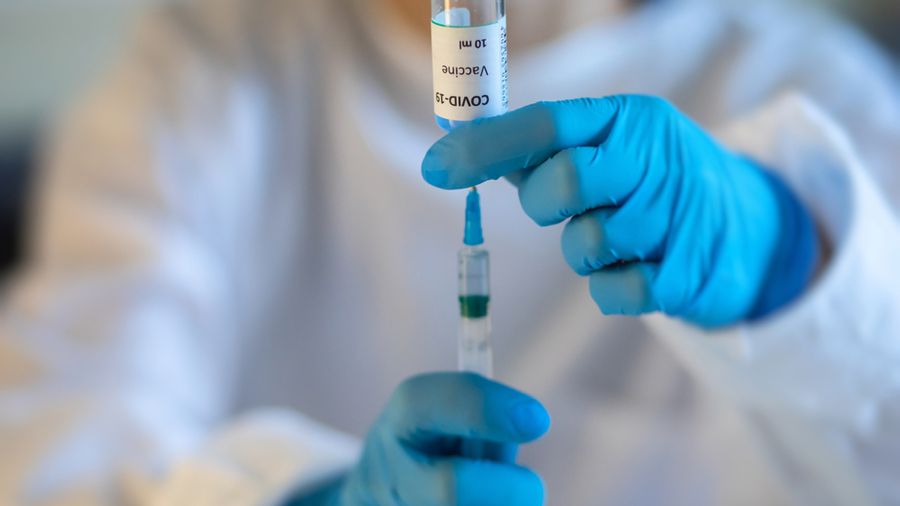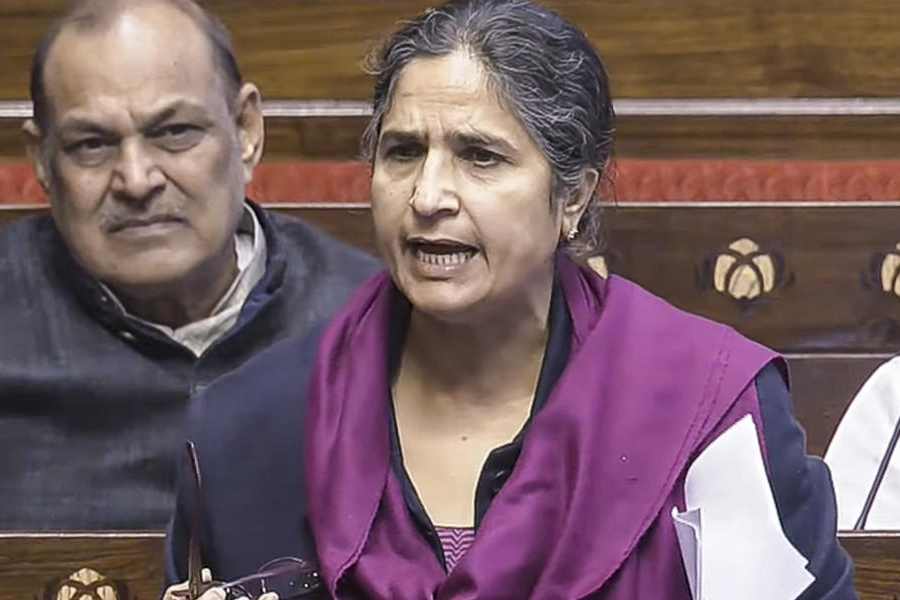Growth anxiety remains high in spite of the fact that infections are down, activities are resuming and the economy contracted less than expected last year (-7.3 per cent). Backsliding demand is one reason for the growth jitters: initial data about gross domestic product do not capture the bigger, informal economy very well. Moreover, the pandemic has wiped out many jobs, shrunk the middle class by 32 million last year relative to what its size otherwise may have been, and tipped 75 million people into poverty, according to Pew Research. The second wave has dented this year’s prospects too. On June 4, the Reserve of India Bank lowered its growth forecast to 9.5 per cent in 2021-22, the World Bank to a less optimistic 8.3 per cent. Either outcome represents a respective 1.6 per cent and 0.4 per cent growth over 2019-20 levels. The recovery outlook is unusually uncertain because of the pandemic. A quickened pace of mass immunization is central to the path visualized by all mainstream forecasters. The spotlight is upon vaccination, which is where the real action lies. How does that augur for the vaccine bet on growth?
The government’s goal is to accelerate the vaccination speed that slowed down owing to insufficient doses, thus limiting universal availability. Aspiring for herd immunity, it intends to cover the country’s adult population by December. The vaccine policy has been uneven. It was decentralized in April to the states with which manufacturers were unwilling to deal. Last week, it reverted to centralized purchases and distribution; vaccine allocation norms are now based upon population, disease burden, progress and wastage; and a quarter per cent of the supply is for private hospitals, with an electronic platform for equitable access by smaller and remote ones and non-transferable electronic vouchers for those wanting to pay for the poor. During the period between August and December, 2.16 billion doses will be available, of which 0.74 billion doses are so far secured in advance.
If immunization progresses at a planned pace, it may limit virus outbreaks, moderate public fears and clear the way for a smooth economic pickup. This is how advanced nations have proceeded, pulling rapidly out of last year’s depressions, with some likely to pace their fastest ever. The United States of America, for example, is poised to grow an unmatched 6.4 per cent; along with China, whose real GDP is expected to be growing at 8.4 per cent, the two countries are the locomotives of the world economy in 2021. The Indian government’s recent actions to ramp up procurement and hasten immunization are a hint that ‘vaccine policy is economic policy’, a piece of advice imparted by the International Monetary Fund chief, Kristalina Georgieva, many times in recent months. In a report, the finance ministry, too, has urged the inoculation of 70 crore people by September with at least one dose for herd protection, boosting consumer and investor confidence, and helping regain the recovery momentum.
Will the vaccine strategy pay off, and ensure that growth lifts well upwards? The effective vaccination of a critical threshold population in six months’ time is no doubt a colossal challenge. The finance ministry’s estimates illustrate the scale: around 113 crore doses would be needed (93 lakh doses each day from mid-June) to meet the September target; it advocates a round-the-clock drive, particularly in August-September when supplies improve, with an ambitious one crore being vaccinated every day. The current daily pace of Covid-19 vaccine doses administered (seven-day rolling average) is 2.87 million as on June 11; 46.3 million are fully vaccinated and 151.13 million partly so according to www.ourworldindata.org.
Slippages and disruptions are possible, including insufficient supply. Building satisfactory public trust with demonstrated vaccine efficacy could take time. Freeing up of restrictions and operations is not linked to vaccination levels or those vaccinated, raising doubts if low positivity rates are enough to instil a sense of safety and security in the public. Recurrent outbreaks cannot be altogether dismissed therefore. These could restrain economic activities to sub-optimal levels for uncertain time periods and degrees. In fact, it is by acknowledging such possibilities that Maharashtra, the largest sub-national economy and biggest contributor to India’s national output, has a five-level unlocking plan. It is gradual, governed by the case positivity rate and medical infrastructure, and will vary across districts. Above all, the looming uncertainty is whether en masse scaling-up of vaccination will eliminate the biggest downside risk, namely the eruption of a third coronavirus wave and/or newer mutants in the interval.
It remains to be seen if the vaccination strategy and steps inspire economic confidence and consumer sentiments as quickly as imagined. There are other legitimate reasons why a recovery may not be as surely inclined upwards even if vaccination gains traction as contemplated. Psychological and financial scars from the second wave could affect or change economic behaviour and attitudes. This has been observed in China, as reported by Bloomberg, in spite of the virus having been in check for nearly one year: post-pandemic consumer behaviour displays a conservative turn owing to unequal savings made during the pandemic, caution and fear have prompted spending cuts, especially on services, while the Chinese central bank’s surveys find more people intent on saving extra and fewer with plans to increase spending, since confidence about future income is still lower than pre-pandemic levels.
India, where Covid-19 is far from durably checked, shares some of these traits. Inequality is estimated to have increased with buoyant corporate profits and the ascendant wealth of a few contrasting sharply with raised unemployment levels, small business closures and heavy income losses reported by several surveys. This May, current perceptions and one-year forward expectations of consumers on employment, income and discretionary spending plunged to their lowest depths ever measured by the RBI’s consumer confidence surveys; these are far lower than April-May 2020. The near-absent fiscal support in the second wave, following a bare-boned one last year, has also squeezed disposable incomes, which limits the extent of comparison with other countries.
There is a counter view that is more ebullient. This upholds that the inherent optimism of Indians will brush aside the scars and apprehensions, unleash suppressed demand and unwind accumulated savings; daily wagers, low-wage earners and those without jobs may have little choice but to resume operations to recoup economic losses and fortify finances; there will be a strong impetus from exports. Nothing about this glowing scenario is certain any more than one is sure about a recovery marked by bumps, warts and all. It is fairer to consider if mass vaccinations can lead to a decisive shift in sentiments and confidence, and if the demand momentum will be persistent or prove to be a one-off. We should know soon how the vaccine bet plays out.
Renu Kohli is a macroeconomist











